Can linux be mbr booted?
Linux can be booted by mbr. In a Linux system, when the system is started from the local hard disk, system control is first transferred to the partition containing the operating system boot file according to the setting of the MBR (Master Boot Record) in the first sector of the hard disk; or directly based on The boot information in the MBR record calls the boot menu (such as GRUB).
Linux operating system boot process
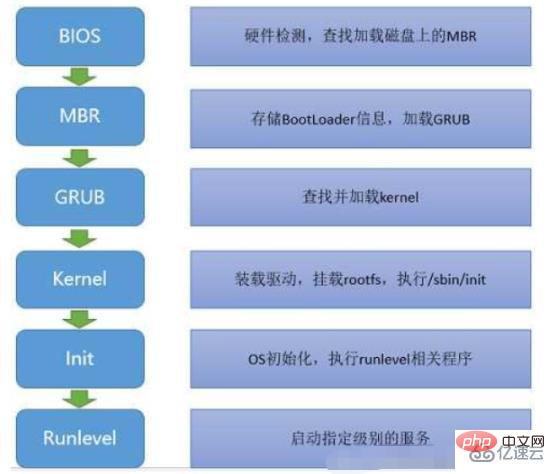
##Power on self-test
When the server is turned on, it will perform a power-on self-check to detect whether hardware devices such as CPU, memory, graphics card, keyboard, etc. are faulty. If there are no faults, it will hand over system control according to the preset boot sequence. Under normal circumstances, this is the machine hard drive. Summary: Detect the first device that can boot the system, such as a hard disk or optical driveMBR boot
When booting from the local hard disk system, first transfer system control to the partition containing the operating system boot file based on the settings of the MBR (Master Boot Record) in the first sector of the hard disk; or directly call the boot menu (such as GRUB) based on the boot information in the MBR record ). MBR size is 512 bytes, which stores pre-boot information, partition table and other information. Summary: Run the startup GRUB boot program placed in the MBR sectorGRUB menu
For the Linux operating system, GRUB (unified Boot loader) is the most widely used multi-system boot program. After the system control is transferred to GRUB, the boot menu will be displayed for the user to choose, and the Linux kernel file will be loaded according to the selected option (or the default value), and then the system control will be transferred to the kernel. CentOS 7 uses the GRUB2 boot bootloader.
Loading the Linux kernel
The Linux kernel is a pre-compiled special binary file, which is between various hardware resources and system programs and is responsible for resource allocation and scheduling. After the kernel takes over system control, it will fully control the running process of the entire Linux operating system. In CentOS 7 system, the default kernel file is located at "/boot/vmlinuz-3.10.0-514.el7.x86_64". Summary: Load the kernel and image file system into memoryinit process initialization
After the kernel is loaded, the first program to run It is "/sbin/init" (the running program is called a process). The init process is responsible for completing the initialization of the entire system and finally waiting for the user to log in. Summary: Load the hardware driver, and the kernel loads the init process into the memory to runExtended knowledge: MBR sector failure analysis
Cause of failure
Damage caused by viruses, Trojans, etc. Incorrect partition operation, disk read and write misoperation
Fault phenomenon
Cannot find the boot program, startup is interrupted Unable to load the operating system, black screen after booting
Solution ideas
Backup files should be prepared in advance Boot into rescue mode with the installation CD
Restore from the backup file
Simulate MBR sector failure and repair
The MBR is located in the first physical sector of the first hard disk (/dev/sda). 512 bytes in total
Steps
1. Create a disk partition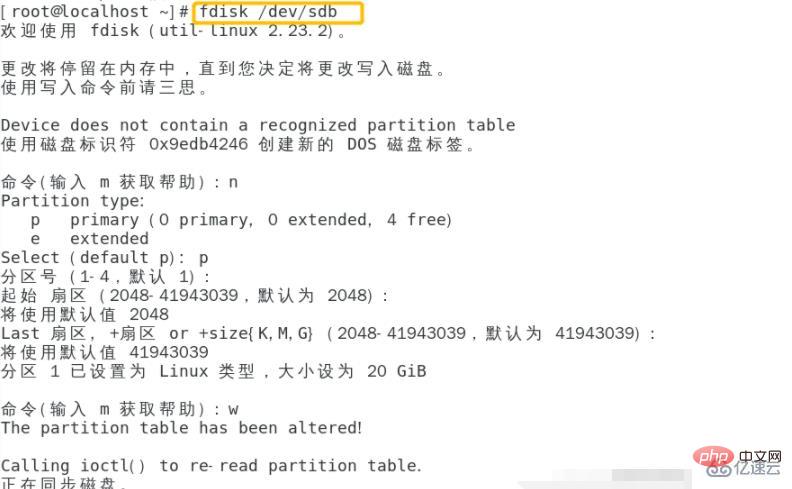
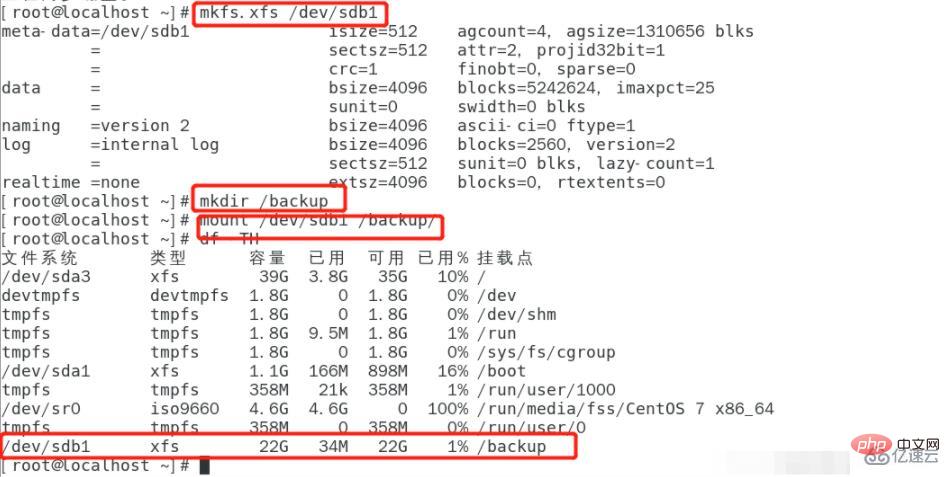


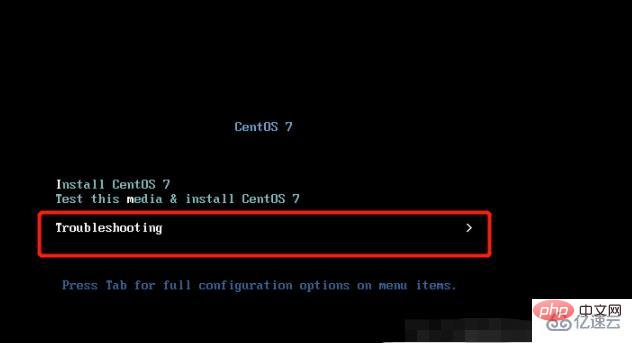
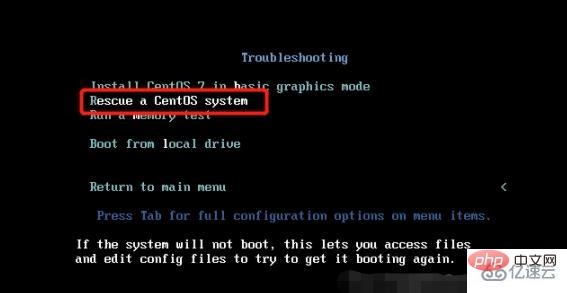
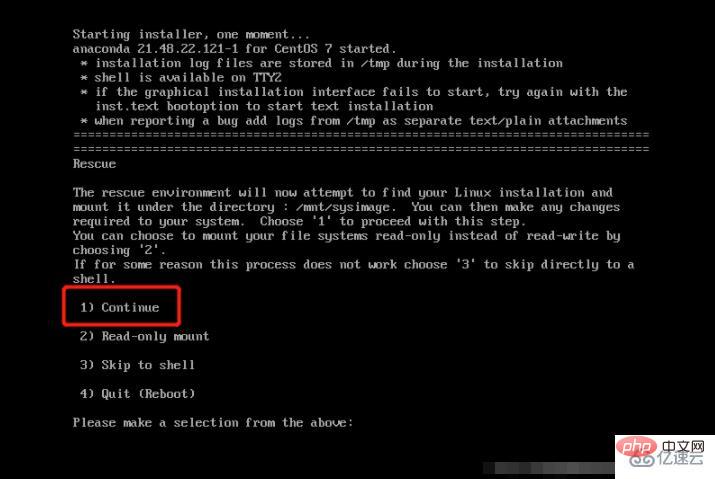 ##Establish the mount point/backupdir, mount sdb1 for use, copy the backed-up mbr.bak file back to sda, and finally enter exit to exit. After exiting, the system will automatically restart!
##Establish the mount point/backupdir, mount sdb1 for use, copy the backed-up mbr.bak file back to sda, and finally enter exit to exit. After exiting, the system will automatically restart!
 exit exit repair successfully
exit exit repair successfully
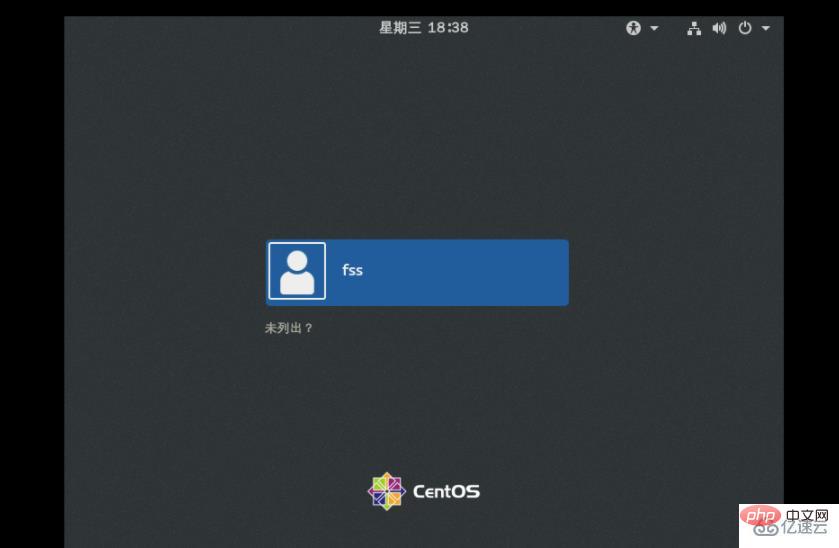
The above is the detailed content of Can linux be mbr booted?. For more information, please follow other related articles on the PHP Chinese website!

Hot AI Tools

Undresser.AI Undress
AI-powered app for creating realistic nude photos

AI Clothes Remover
Online AI tool for removing clothes from photos.

Undress AI Tool
Undress images for free

Clothoff.io
AI clothes remover

Video Face Swap
Swap faces in any video effortlessly with our completely free AI face swap tool!

Hot Article

Hot Tools

Notepad++7.3.1
Easy-to-use and free code editor

SublimeText3 Chinese version
Chinese version, very easy to use

Zend Studio 13.0.1
Powerful PHP integrated development environment

Dreamweaver CS6
Visual web development tools

SublimeText3 Mac version
God-level code editing software (SublimeText3)

Hot Topics
 What computer configuration is required for vscode
Apr 15, 2025 pm 09:48 PM
What computer configuration is required for vscode
Apr 15, 2025 pm 09:48 PM
VS Code system requirements: Operating system: Windows 10 and above, macOS 10.12 and above, Linux distribution processor: minimum 1.6 GHz, recommended 2.0 GHz and above memory: minimum 512 MB, recommended 4 GB and above storage space: minimum 250 MB, recommended 1 GB and above other requirements: stable network connection, Xorg/Wayland (Linux)
 Linux Architecture: Unveiling the 5 Basic Components
Apr 20, 2025 am 12:04 AM
Linux Architecture: Unveiling the 5 Basic Components
Apr 20, 2025 am 12:04 AM
The five basic components of the Linux system are: 1. Kernel, 2. System library, 3. System utilities, 4. Graphical user interface, 5. Applications. The kernel manages hardware resources, the system library provides precompiled functions, system utilities are used for system management, the GUI provides visual interaction, and applications use these components to implement functions.
 vscode terminal usage tutorial
Apr 15, 2025 pm 10:09 PM
vscode terminal usage tutorial
Apr 15, 2025 pm 10:09 PM
vscode built-in terminal is a development tool that allows running commands and scripts within the editor to simplify the development process. How to use vscode terminal: Open the terminal with the shortcut key (Ctrl/Cmd). Enter a command or run the script. Use hotkeys (such as Ctrl L to clear the terminal). Change the working directory (such as the cd command). Advanced features include debug mode, automatic code snippet completion, and interactive command history.
 How to check the warehouse address of git
Apr 17, 2025 pm 01:54 PM
How to check the warehouse address of git
Apr 17, 2025 pm 01:54 PM
To view the Git repository address, perform the following steps: 1. Open the command line and navigate to the repository directory; 2. Run the "git remote -v" command; 3. View the repository name in the output and its corresponding address.
 Where to write code in vscode
Apr 15, 2025 pm 09:54 PM
Where to write code in vscode
Apr 15, 2025 pm 09:54 PM
Writing code in Visual Studio Code (VSCode) is simple and easy to use. Just install VSCode, create a project, select a language, create a file, write code, save and run it. The advantages of VSCode include cross-platform, free and open source, powerful features, rich extensions, and lightweight and fast.
 How to run java code in notepad
Apr 16, 2025 pm 07:39 PM
How to run java code in notepad
Apr 16, 2025 pm 07:39 PM
Although Notepad cannot run Java code directly, it can be achieved by using other tools: using the command line compiler (javac) to generate a bytecode file (filename.class). Use the Java interpreter (java) to interpret bytecode, execute the code, and output the result.
 What is the main purpose of Linux?
Apr 16, 2025 am 12:19 AM
What is the main purpose of Linux?
Apr 16, 2025 am 12:19 AM
The main uses of Linux include: 1. Server operating system, 2. Embedded system, 3. Desktop operating system, 4. Development and testing environment. Linux excels in these areas, providing stability, security and efficient development tools.
 How to run sublime after writing the code
Apr 16, 2025 am 08:51 AM
How to run sublime after writing the code
Apr 16, 2025 am 08:51 AM
There are six ways to run code in Sublime: through hotkeys, menus, build systems, command lines, set default build systems, and custom build commands, and run individual files/projects by right-clicking on projects/files. The build system availability depends on the installation of Sublime Text.






